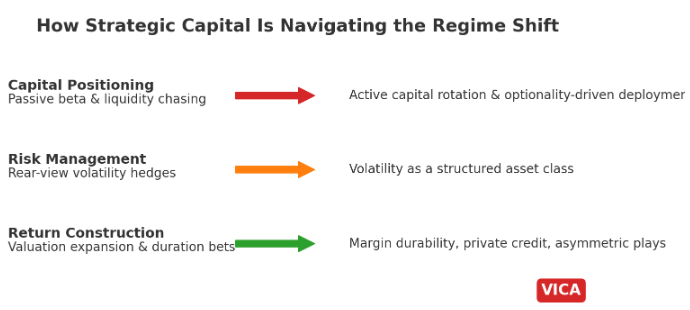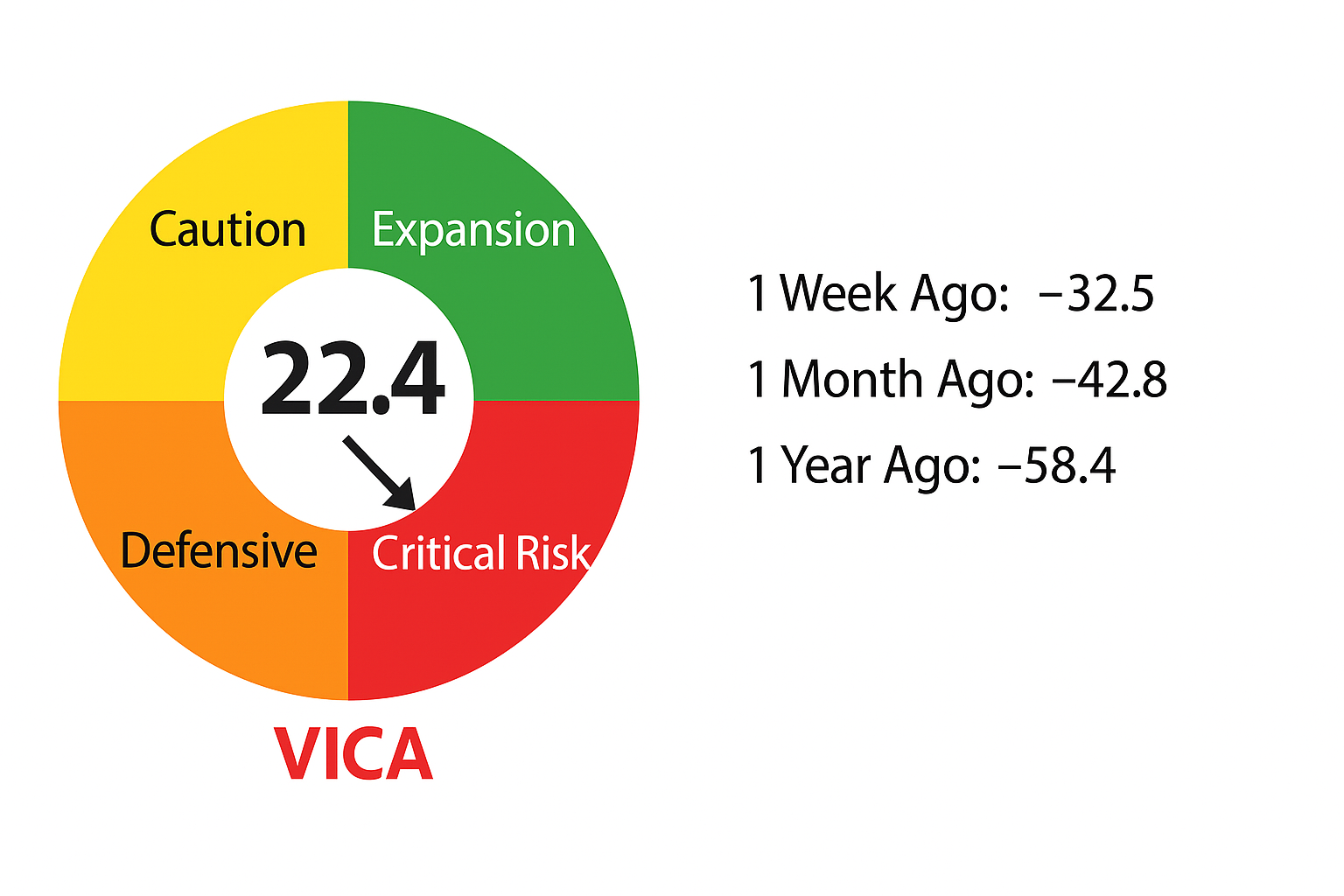GOVERNMENT REPORT SERIES
UNEMPLOYMENT INSURANCE WEEKLY CLAIMS
Initial jobless claims were down last week, and were marginally lower than Govt forecast; as investors continue to assess the labor market for potential signs of a slowdown.
SEASONALLY ADJUSTED DATA
In the week ending June 25, the advance figure for seasonally adjusted initial claims was 231,000, a decrease of 2,000 from the previous week’s revised level. The previous week’s level was revised up by 4,000 from 229,000 to 233,000. The 4-week moving average was 231,750, an increase of 7,250 from the previous week’s revised average. The previous week’s average was revised up by 1,000 from 223,500 to 224,500.
The advance seasonally adjusted insured unemployment rate was 0.9 percent for the week ending June 18, a decrease of 0.1 percentage point from the previous week’s revised rate. The previous week’s rate was revised up by 0.1 from 0.9 to 1.0 percent. The advance number for seasonally adjusted insured unemployment during the week ending June 18 was 1,328,000, a decrease of 3,000 from the previous week’s revised level. The previous week’s level was revised up 16,000 from 1,315,000 to 1,331,000. The 4-week moving average was 1,319,500, an increase of 5,500 from the previous week’s revised average. The previous week’s average was revised up by 4,000 from 1,310,000 to 1,314,000.
UNADJUSTED DATA
The advance number of actual initial claims under state programs, unadjusted, totaled 207,421 in the week ending June 25, an increase of 1,060 (or 0.5 percent) from the previous week. The seasonal factors had expected an increase of 3,031 (or 1.5 percent) from the previous week. There were 362,899 initial claims in the comparable week in 2021. The advance unadjusted insured unemployment rate was 0.9 percent during the week ending June 18, unchanged from the prior week. The advance unadjusted level of insured unemployment in state programs totaled 1,305,385, an increase of 16,689 (or 1.3 percent) from the preceding week. The seasonal factors had expected an increase of 19,969 (or 1.5 percent) from the previous week. A year earlier the rate was 2.4 percent and the volume was 3,285,183.
The total number of continued weeks claimed for benefits in all programs for the week ending June 11 was 1,314,265, an increase of 17,678 from the previous week. There were 14,657,642 weekly claims filed for benefits in all programs in the comparable week in 2021.
No state was triggered “on” the Extended Benefits program during the week ending June 11.
Initial claims for UI benefits filed by former Federal civilian employees totaled 535 in the week ending June 18, a decrease of 160 from the prior week. There were 360 initial claims filed by newly discharged veterans, a decrease of 55 from the preceding week.
There were 6,399 continued weeks claimed filed by former Federal civilian employees the week ending June 11, an increase of 382 from the previous week. Newly discharged veterans claiming benefits totaled 4,067, a decrease of 53 from the prior week.
The highest insured unemployment rates in the week ending June 11 were in California (1.8), New Jersey (1.8), Puerto Rico (1.6), Alaska (1.4), New York (1.4), Pennsylvania (1.4), Rhode Island (1.3), Hawaii (1.2), Illinois (1.2), and Massachusetts (1.2).
The largest increases in initial claims for the week ending June 18 were in Michigan (+1,849), Texas (+1,350), New Jersey (+897), Connecticut (+863), and Puerto Rico (+860), while the largest decreases were in Illinois (-2,595), California (-1,189), South Carolina (-731), Georgia (-621), and Florida (-535). Real gross domestic product (GDP) decreased at an annual rate of 1.6 percent in the first quarter of 2022, according to the “third” estimate released by the Bureau of Economic Analysis. In the fourth quarter of 2021, real GDP increased 6.9 percent.



